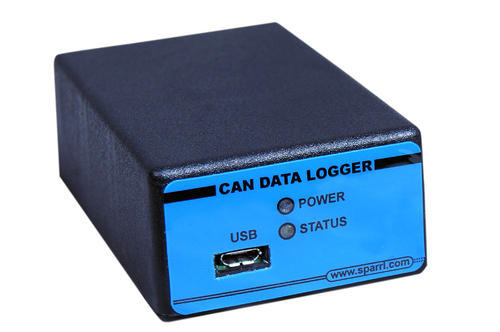A data logger is an electronic device that measures and stores data from inbuilt or external sensors. For instance, farmers use data loggers to monitor field conditions remotely, and scientists monitor temperature and humidity on spaceships. If you need a data logger but are not sure which type to use, read on.
Types of Data Loggers:
Loggers are primarily of the following self-explanatory types:
- Based on Sensors:
- Built-in
- External
- Based on Connectivity:
- USB
- Serial
- Ethernet
- Wireless
- Based on Mode of Power:
- Battery
- Mains
- Solar
- Based on Display:
- LCD
Your preferences and use cases will determine which type is most suited for you.
Purpose:
Standard data loggers can record temperature, humidity, carbon dioxide, and electrical power. They also log event timings – for example – when a machine is switched on or off. Specifically, they are of the following types.
- Temperature and humidity loggers can be connected to standard industrial sensors via 0 -10V input ports and computers via USB ports. Standard models allow you to check up to 30 days worth of minimum and maximum readings on the device’s four-digit display screen.
- Loggers that monitor electrical appliances and power allow you to record current, voltage, spikes, peak usage, and time of use etc. Consider whether you want a permanent logger or a temporary one. Additionally, evaluate the frequency and accuracy of data required. Usage varies from power consumption comparisons to the measurement for billing purposes.
- Finally, there are feature-rich general purpose data loggers. They are standalone devices with one or more input channels, internal computation units, and a storage capacity of over 10mn observations. They have near-universal compatibility with standard external sensors, are precise, programmable, and versatile.
Accuracy:
Data loggers come with a range of accuracy specifications. Generally, the higher the accuracy, the higher is the cost of the data logger. For instance, temperature loggers used in labs may need to be highly accurate, whereas the ones used in offices may be less so. Further, accuracy is not the same throughout the range of measurement. In standard data loggers, the mid-range accuracy is the highest.
Data Access:
Ask yourself how you would like to access the data logged by the device. Some loggers store data and allow you to transfer it to a computer via a USB interface. They can be helpful when you have to measure data at a location far away from your computer but want to access it at regular intervals – such as daily or weekly. Ask the vendor about the data type of the recorded data – look for loggers that can give it in familiar formats, such as Excel, for easy analysis.
Bluetooth enabled devices to connect to a computer or mobile phone in a 100 feet range and transmit the data automatically. Additionally, you can configure them to upload the data to the cloud for remote access.
If you want data on a real-time basis –for instance, patient temperature monitoring – you can opt for web-based loggers. An application on your phone or computer will allow you to interact with the logger for real-time data updates. Such loggers can be programmed to send you SMS alerts when the observed data crosses a threshold. Web-based loggers are feature-rich, allowing you to configure, visualise, and analyse recorded data.
In Conclusion
Data loggers help you stay updated on measurable data and make informed decisions based on it. The data logger that you need will depend on your application. Consult an expert to understand your needs and zero in on the most suitable model for your use.
Also Read About: Main Benefits of the Zero Breeze Portable A/C
